If you would like to know how an experienced warfighter gears up to be able to shoot in the cold and freezing weather, then you have got to see these tips.
Kyle Defoor is a former Special Mission Unit combat decorated Navy SEAL and sniper who served in Afghanistan. These days, Kyle teaches firearms, marksmanship and tactics to military, law enforcement, and civilian personnel in the United States and worldwide.
I recently saw he had a multi-part series on shooting in the cold on his instagram page. Here’s what he had to say:
Shooting In The Cold Part 1
Shooting In The Cold Part 2 – Base Layer
Shooting In The Cold Part 3 – Socks
Shooting In The Cold Part 4 – Gloves
Shooting In The Cold Part 5- Mid Layer
Shooting In The Cold Weather Part 6-Insulation
Shooting In The Cold Weather Part 7- The Beanie
Shooting In The Cold Weather Part 8- Outer Layer/Shell and pants
Shooting In The Cold Weather Part 9- Boots/shoes
Shooting In The Cold Weather Part 10- Extreme Cold & Final Thoughts
Try These Navy SEAL Tips Next Time You Need To Shoot In Freezing Cold Weather!
I, personally, hate the cold. But I like to train, so I’ll be trying some of these out. I love hearing from guys with a LOT of experience about what they actually use and have found works for them.
It saves you a lot of time by short-cutting the “trial and error” method to at least get you in the ball park to start testing things for yourself.
What about you? Any tips for shooting in the cold?

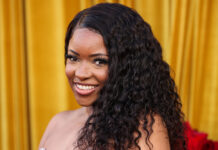
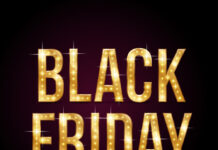
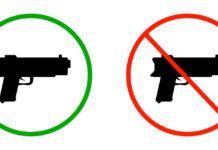
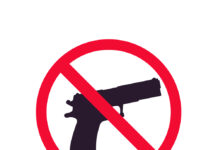
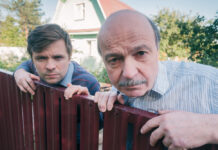

![Are Compensators Worth It? [Video]](https://preparedgunowners.com/wp-content/uploads/2025/07/Depositphotos_815431992_S-218x150.jpg)




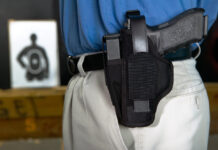
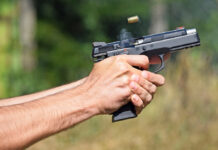
![Would-Be Robber Takes The Tueller Drill Challenge [Video]](https://preparedgunowners.com/wp-content/uploads/2025/10/Depositphotos_50626839_S-218x150.jpg)
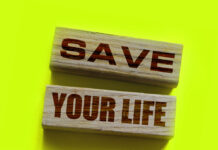
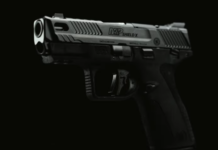
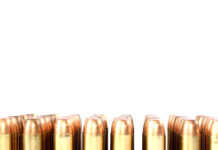
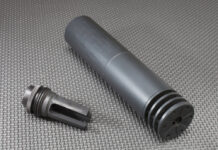
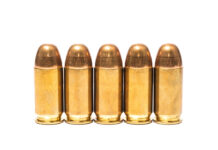
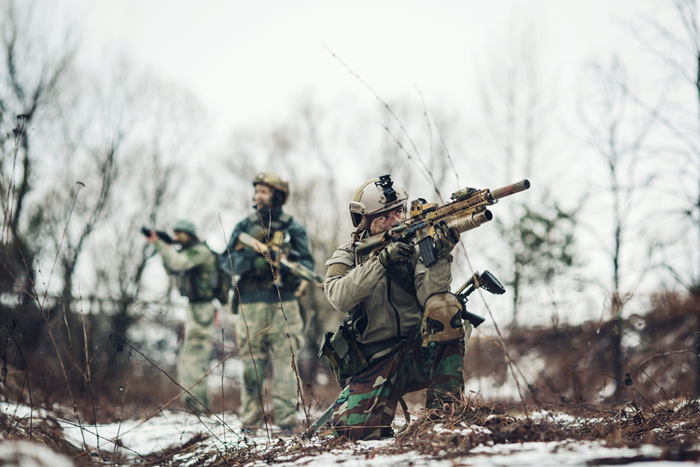










![Optic Ready vs Milled slides? [Video]](https://preparedgunowners.com/wp-content/uploads/2024/02/image-3-100x70.png)
![[Checklist] What Gear You Need To Take Pistol, Rifle & Shotgun Training Courses [Video]](https://preparedgunowners.com/wp-content/uploads/2023/07/Depositphotos_275087632_L-100x70.jpg)
![What is in Carter’s 2023 EDC? [Video]](https://preparedgunowners.com/wp-content/uploads/2023/07/Depositphotos_146856137_L-100x70.jpg)



The problem I have with the equipment listed is two fold. One, I and I am sure most, have never heard of the items listed. I can only surmise the cost, but I have a hunch all is very expensive, and if so, most will not have the means to purchase. There was no mention as to waterproofing or breathability. which I consider most important. All this being said, when giving advice, consider cost and availability and give alternatives equipment. Just my two cents.
As for cost, quality gear usually is. On the other hand, it usually lasts and — in the case of cold — can save your life?
Comments are closed.